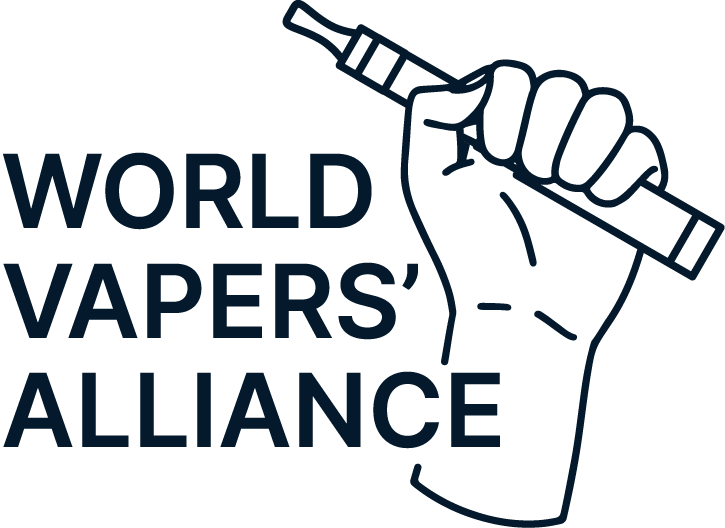Σε ολόκληρη την Ευρώπη, το κάπνισμα παραμένει μια από τις πιο πιεστικές προκλήσεις για τη δημόσια υγεία, ωστόσο η προσέγγιση της ΕΕ για την επίτευξη ενός στόχου απαλλαγής από τον καπνό αντιμετωπίζει προβλήματα. Με τις τρέχουσες στρατηγικές κατά της βλάβης, η ΕΕ προβλέπεται να μην επιτύχει τον στόχο της για επίτευξη ποσοστού καπνίσματος 5% έως το 2040 — κατά 60 ολόκληρα χρόνια. Χώρες όπως η Γερμανία εξακολουθούν να έχουν ποσοστά καπνίσματος περίπου 30%, και 15% εφήβων καπνίζουν επίσης. Αυτά τα δεδομένα υποδηλώνουν ότι οι υπάρχουσες προσεγγίσεις, ιδίως τα αυστηρά μέτρα κατά του ατμίσματος, όχι μόνο έχουν αποτύχει, αλλά θα μπορούσαν να επιδεινώσουν την κατάσταση. Αντί να επανεκτιμήσουν αυτές τις αναποτελεσματικές πολιτικές, ορισμένοι υπεύθυνοι χάραξης πολιτικής της ΕΕ διπλασιάζουν τις προσπάθειές τους προτείνοντας ακόμη αυστηρότερους περιορισμούς, συμπεριλαμβανομένου του περιορισμού της πρόσβασης σε λιγότερο επιβλαβείς εναλλακτικές λύσεις νικοτίνης, όπως το άτμισμα, τα σακουλάκια νικοτίνης και τα θερμαινόμενα προϊόντα καπνού. Πρόκειται για μια ανησυχητική στρατηγική, ειδικά όταν οι ασφαλέστερες επιλογές περιορίζονται ενώ τα παραδοσιακά τσιγάρα παραμένουν προσβάσιμα.
Αντιθέτως, τα επιτυχημένα μοντέλα μείωσης της βλάβης στη Σουηδία και τη Νέα Ζηλανδία έχουν επιτύχει σημαντικές νίκες στη δημόσια υγεία υιοθετώντας μια εντελώς διαφορετική προσέγγιση. Αντί να επιβάλλουν απλώς απαγορεύσεις, αυτές οι χώρες έχουν επιτρέψει στους καπνιστές να στραφούν σε λιγότερο επιβλαβή προϊόντα όπως το snus, το άτμισμα και τα φακελάκια νικοτίνης. Η Σουηδία, για παράδειγμα, έχει τα χαμηλότερα ποσοστά καπνίσματος στην Ευρώπη και έχει μειώσει δραστικά τα ποσοστά ασθενειών που σχετίζονται με το κάπνισμα, συμπεριλαμβανομένου του καρκίνου. Υποστηρίζοντας την πρόσβαση σε λιγότερο επιβλαβείς εναλλακτικές λύσεις, η Σουηδία έχει αποδείξει ότι η μείωση της βλάβης λειτουργεί και ότι οι ρεαλιστικές, φιλικές προς τον καταναλωτή πολιτικές είναι το κλειδί για την ενθάρρυνση των ανθρώπων να διακόψουν το κάπνισμα.
Η Νέα Ζηλανδία προσφέρει ένα ακόμη συναρπαστικό παράδειγμα αποτελεσματικής μείωσης της βλάβης. Τα τελευταία πέντε χρόνια, η Νέα Ζηλανδία κατάφερε να μειώσει στο μισό το ποσοστό καπνίσματος, εστιάζοντας κυρίως σε προσβάσιμες, ρυθμιζόμενες εναλλακτικές λύσεις. Σήμερα, η χώρα βρίσκεται σε καλό δρόμο για να γίνει η επόμενη χώρα που θα επιτύχει καθεστώς απαλλαγής από τον καπνό, με λιγότερους από 51 χιλιάδες ενήλικες να καπνίζουν. Η επιτυχία της Νέας Ζηλανδίας αποτελεί απόδειξη της αποτελεσματικότητας των φιλικών προς τον καταναλωτή ρυθμιζόμενων, μειωμένου κινδύνου προϊόντων νικοτίνης στην παροχή ταχύτερων και καλύτερων αποτελεσμάτων για τη δημόσια υγεία. Δίνοντας προτεραιότητα σε επιστημονικά τεκμηριωμένες πολιτικές που ανταποκρίνονται στις ανάγκες των καπνιστών, η Νέα Ζηλανδία έχει αποδείξει ότι η λογική ρύθμιση των ασφαλέστερων εναλλακτικών λύσεων μπορεί να οδηγήσει σε ουσιαστική αλλαγή, μειώνοντας γρήγορα τα ποσοστά καπνίσματος.
Καθώς η ΕΕ συνεχίζει να αντιμετωπίζει αναποτελεσματικές πολιτικές, οι εμπειρίες της Σουηδίας και της Νέας Ζηλανδίας προσφέρουν έναν συναρπαστικό οδικό χάρτη. Αντί να περιορίζουν τις ασφαλέστερες εναλλακτικές λύσεις, οι υπεύθυνοι χάραξης πολιτικής της ΕΕ θα πρέπει να επικεντρωθούν στη μείωση της βλάβης που βασίζεται σε τεκμηριωμένα στοιχεία. Ένα ρυθμιζόμενο πλαίσιο που διακρίνει μεταξύ καπνίσματος και ασφαλέστερων εναλλακτικών λύσεων θα μπορούσε να βοηθήσει την ΕΕ να κάνει πραγματικά βήματα προς ένα πιο υγιές μέλλον χωρίς καπνό.







